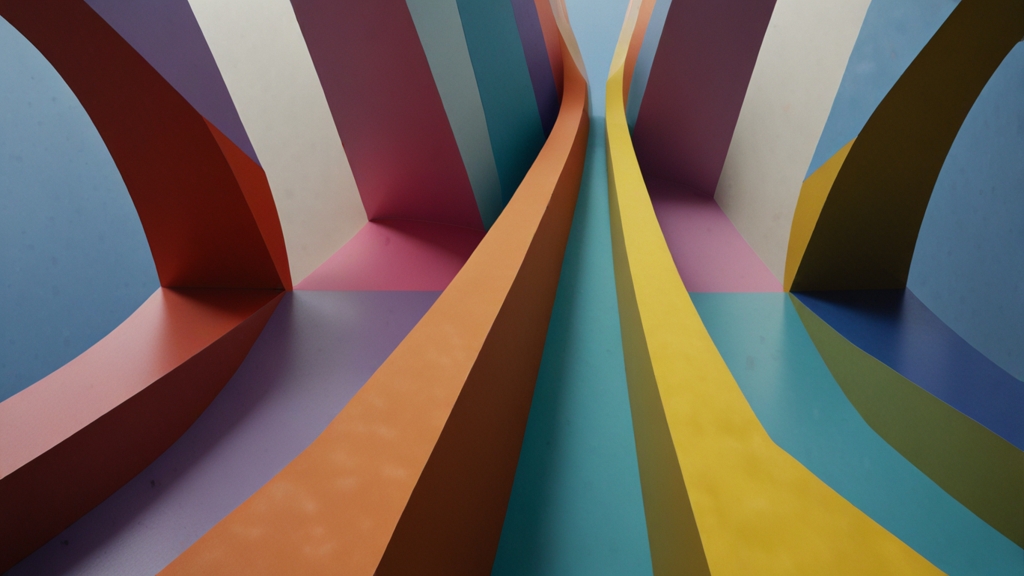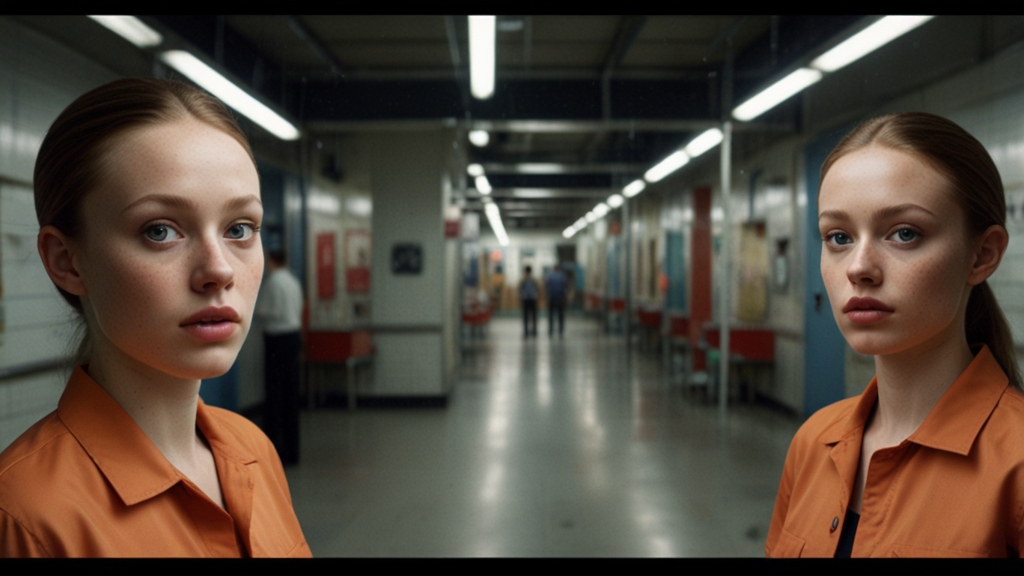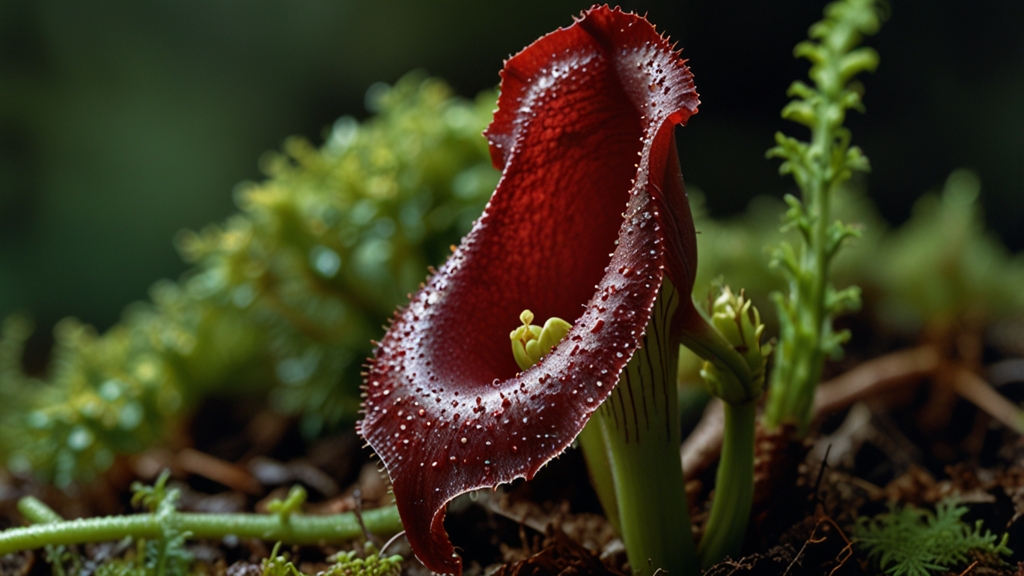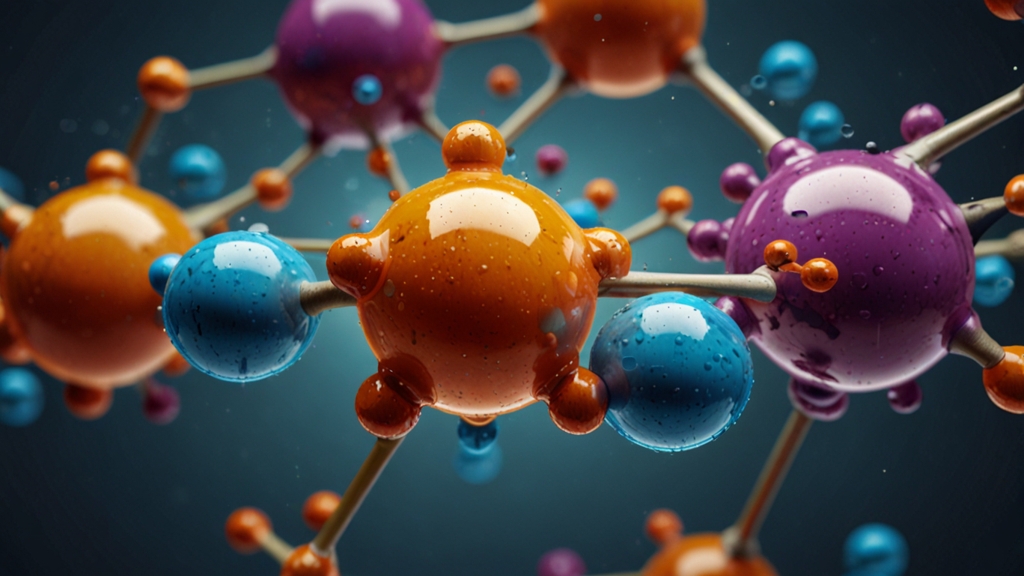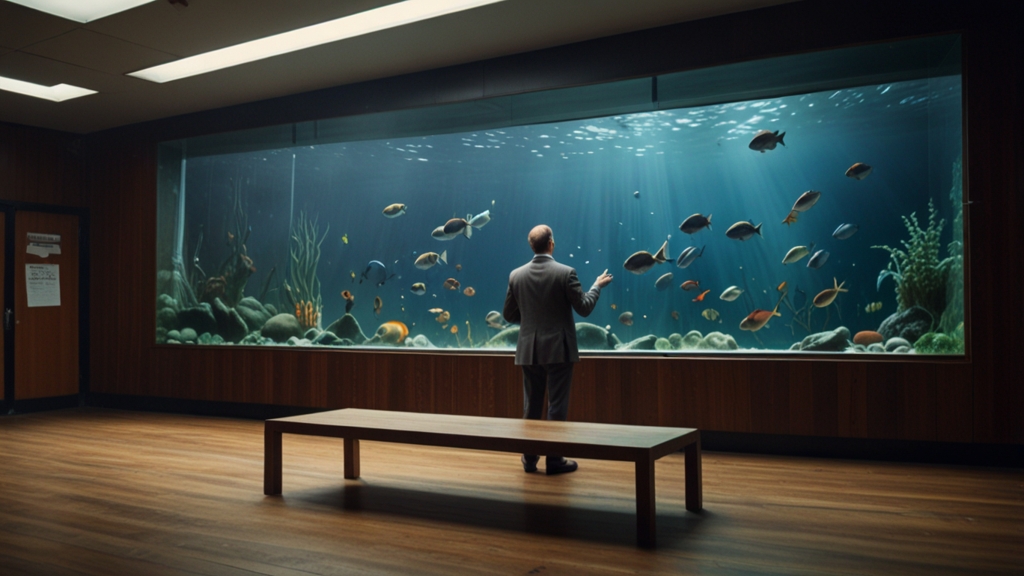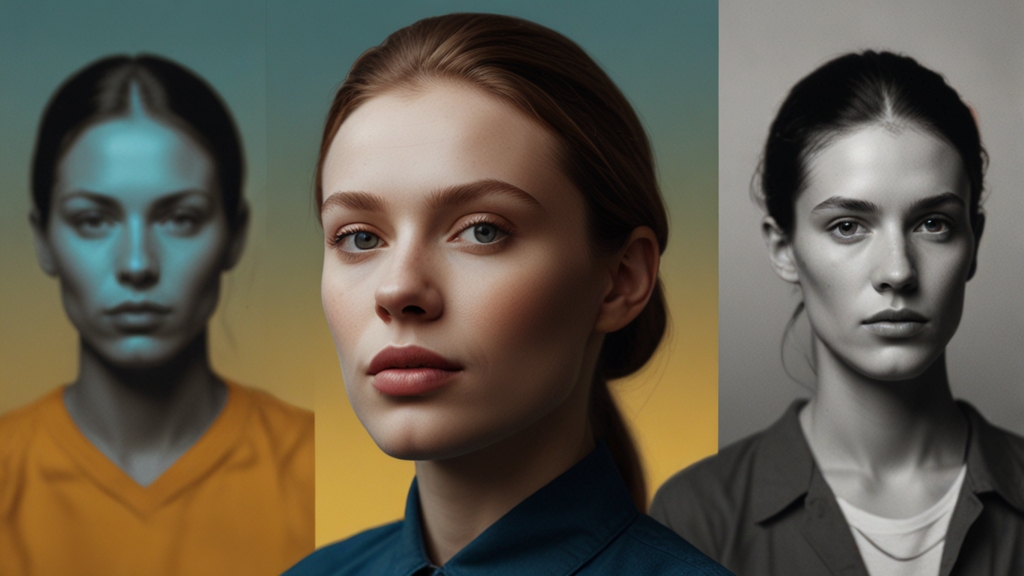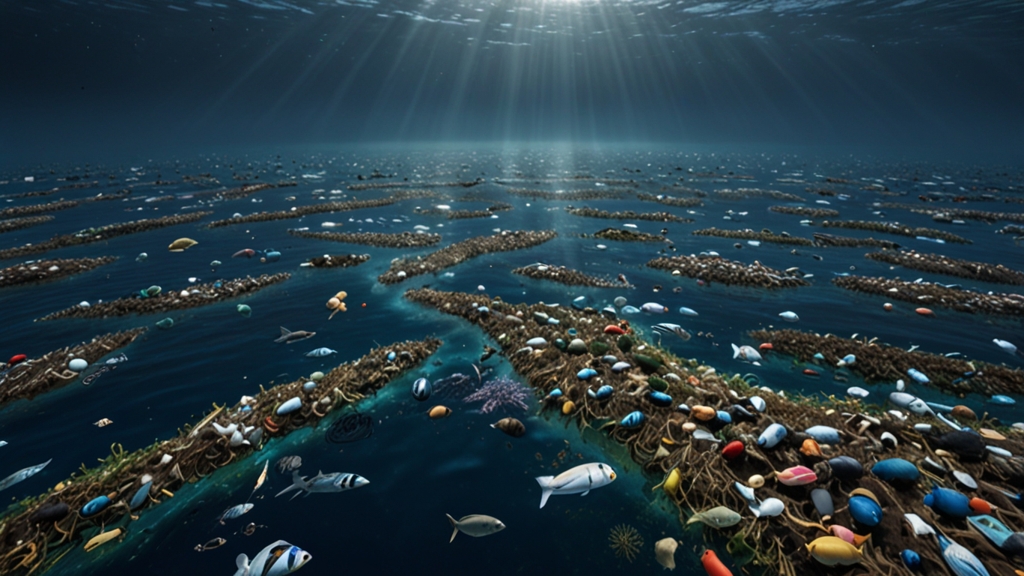Revelations in Art and Culture: How It Influences Creativity
Art and culture have always been inseparably intertwined, each reflecting and influencing the other throughout history. From the intricate frescoes of the Renaissance to the modernistic abstraction of the 20th century, art has served as a mirror to cultural evolutions and revolutions. This intricate relationship not only helps to document human experience but also fuels creativity. In this exploration, we delve into some profound revelations about how art and culture influence creativity and, in turn, how creativity shapes the future of both.
A Historical Perspective
The influence of culture on art is evident in the way historical periods have produced distinctive artistic styles. During the Renaissance, for example, a renewed interest in classical antiquity and humanism spurred artists to create works that celebrated human potential and beauty. This cultural movement fostered creativity in countless ways, as artists like Leonardo da Vinci and Michelangelo were inspired to push the boundaries of their mediums and techniques.
Similarly, the cultural shifts of the 20th century, such as the aftermath of the World Wars and the rise of existentialism, deeply influenced the art produced during that time. Movements like Surrealism and Abstract Expressionism emerged as artists sought new ways to represent the complexities of human experience in an increasingly fragmented world.
Art as a Cultural Commentary
Art serves as a powerful commentary on the cultural context in which it is created. It has the unique ability to capture the zeitgeist of an era, distilling societal values, struggles, and aspirations into visual form. This dialog between art and culture is a fertile ground for creativity. By engaging with cultural narratives, artists can convey profound messages and provoke critical thought.
"Art is not a mirror held up to reality, but a hammer with which to shape it." – Bertolt Brecht
Brecht’s words underscore the transformative power of art. When art reflects cultural realities, it not only documents them but also has the potential to reshape them. This dynamic interplay can ignite creative sparks, driving artists to innovate and envision new possibilities.
Cross-Cultural Influences
In our increasingly globalized world, the exchange of artistic ideas across cultures has reached unprecedented levels. This cross-cultural dialogue can be incredibly enriching for creativity. For instance, the melding of Western and Eastern artistic traditions has led to fascinating hybrid forms and stylistic innovations.
"To travel is to discover that everyone is wrong about other countries." – Aldous Huxley
Huxley’s observation highlights the importance of cultural exchange. Exposure to different artistic traditions challenges preconceived notions and expands the creative palette. The incorporation of diverse cultural elements can lead to the creation of novel works that transcend traditional boundaries, fostering greater creative expression.
Cultural Institutions and Creative Spaces
Institutions such as museums, galleries, and cultural centers play a significant role in nurturing creativity. These spaces provide artists with platforms to showcase their work, interact with the public, and engage with other creatives. They also serve as repositories of cultural heritage, offering inspiration and insight into past practices and innovations.
"Creativity takes courage." – Henri Matisse
Matisse's assertion underscores the importance of supportive environments that encourage creative risk-taking. Cultural institutions often provide resources such as funding, residencies, and educational programs that enable artists to explore new ideas and refine their craft.
The Digital Revolution
The advent of digital technology has transformed the landscape of art and culture. Digital platforms allow artists to reach a global audience instantaneously, breaking down geographic and cultural barriers. This increased accessibility has led to a democratization of art, enabling more voices to be heard and fostering a more inclusive creative community.
Moreover, digital tools have expanded the possibilities for creative expression. Artists can now experiment with virtual reality, digital painting, and multimedia installations, pushing the boundaries of what art can be and how it can be experienced.
Conclusion
The relationship between art and culture is a dynamic and reciprocal one, with each continuously influencing and enriching the other. This interplay fosters creativity, driving artists to explore new directions and challenge existing paradigms. As we navigate the complexities of the modern world, the revelations in art and culture will continue to inspire and shape the creative landscape, guiding us toward innovative and transformative expressions of human experience.
